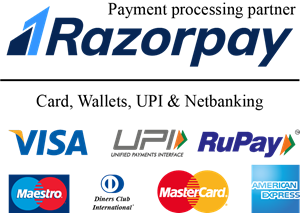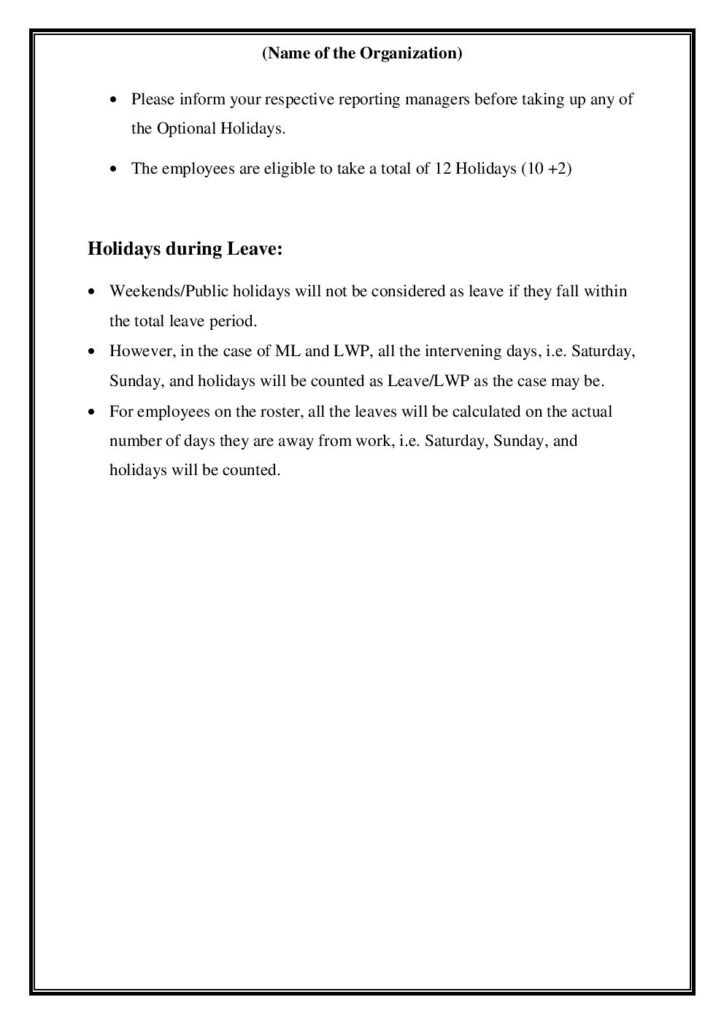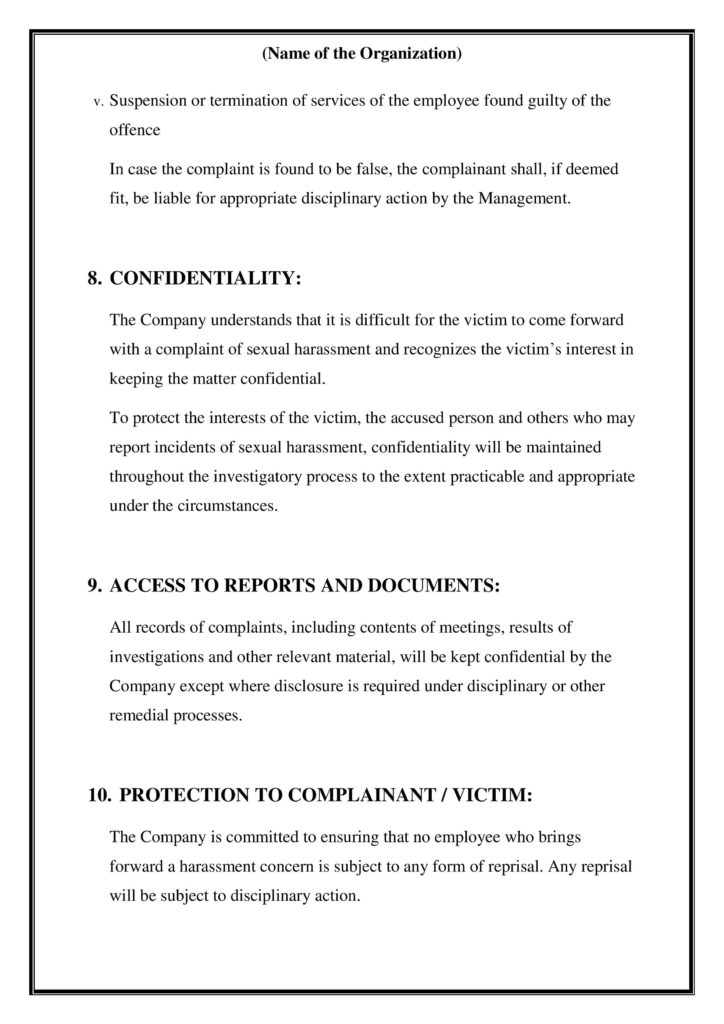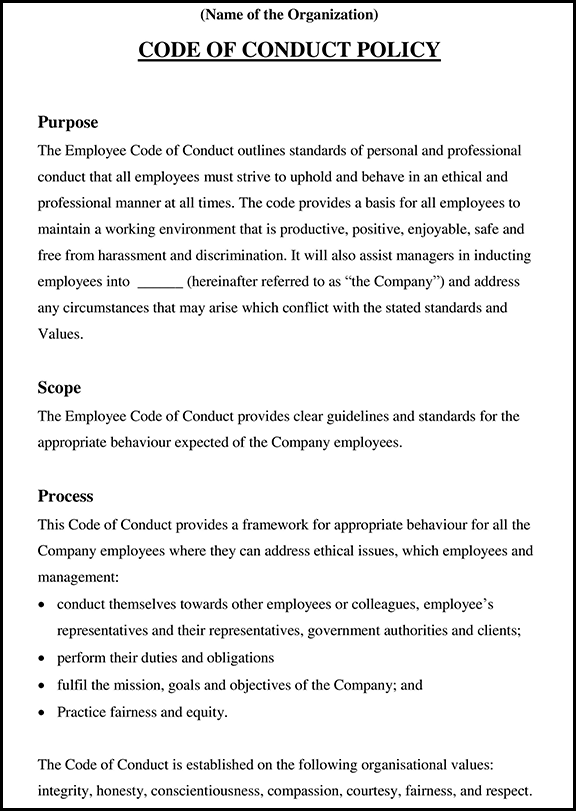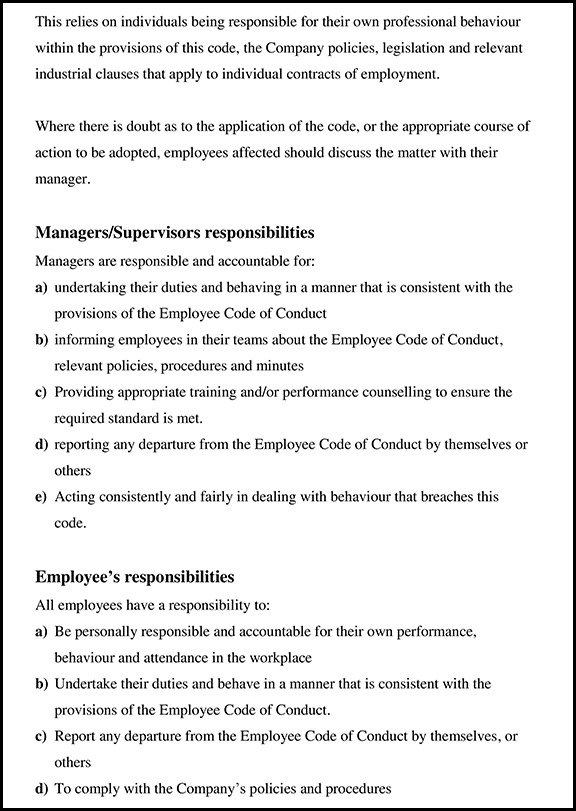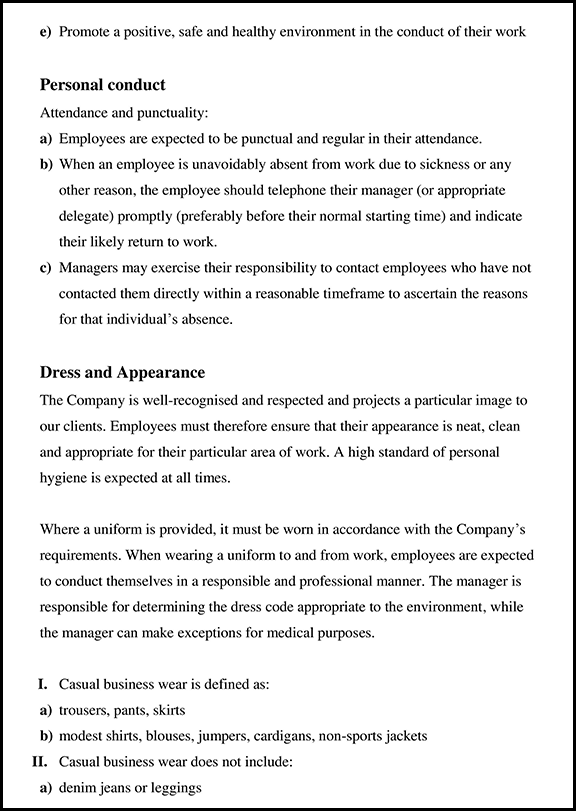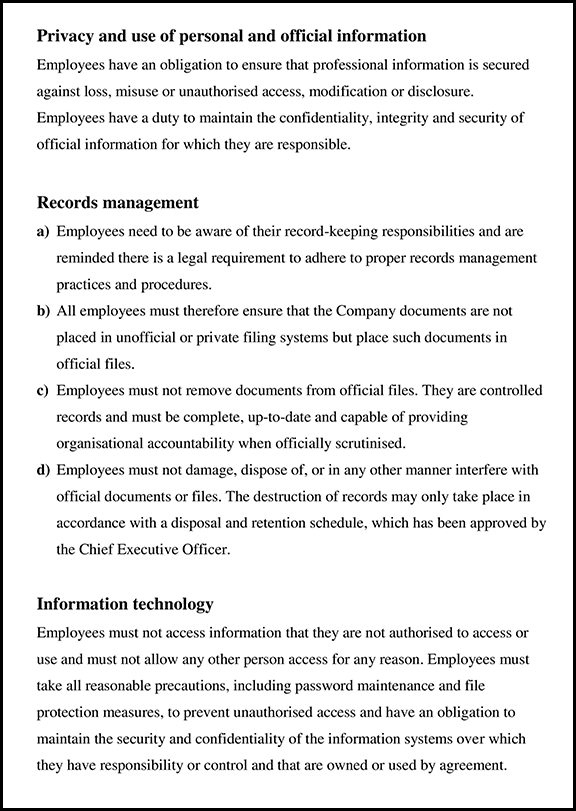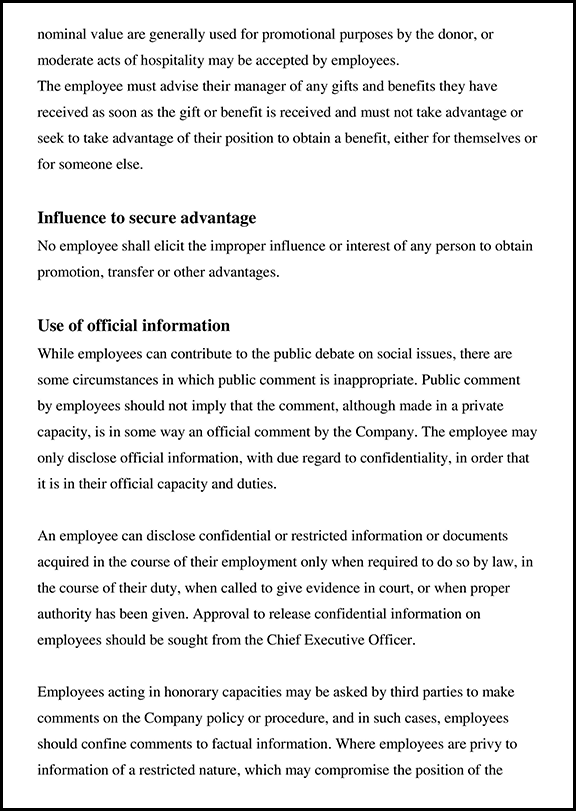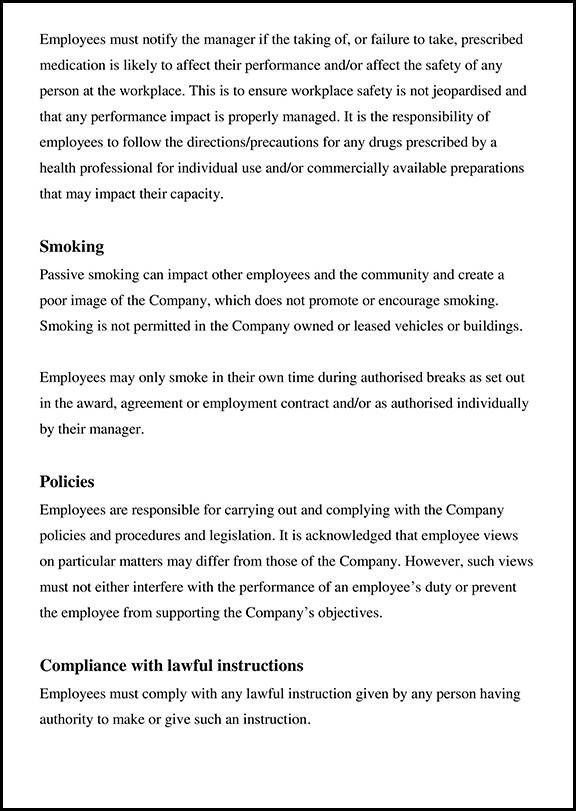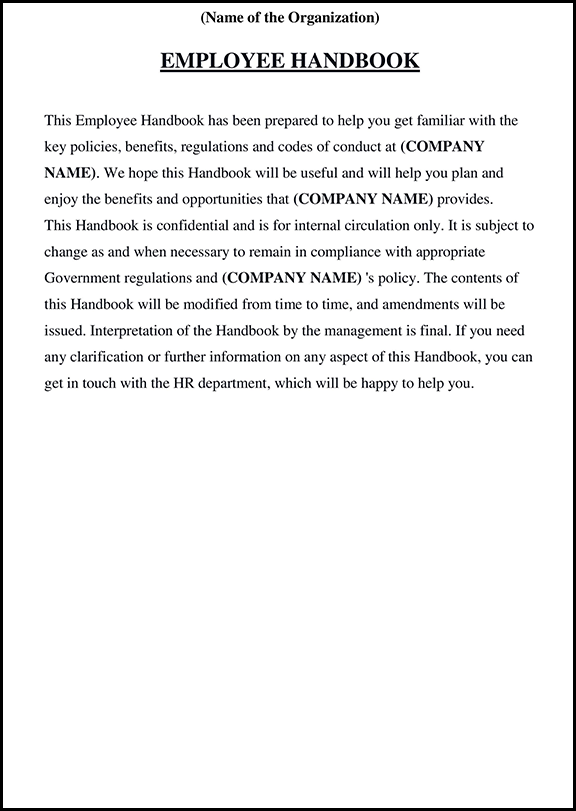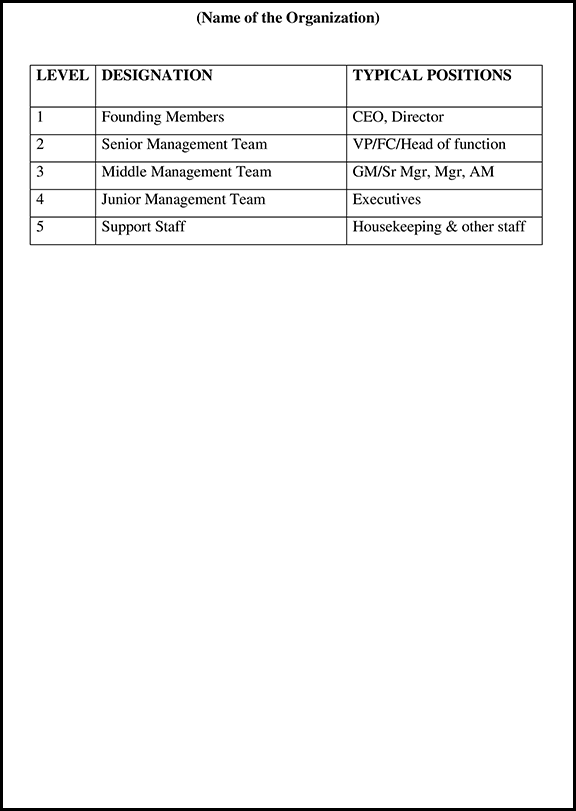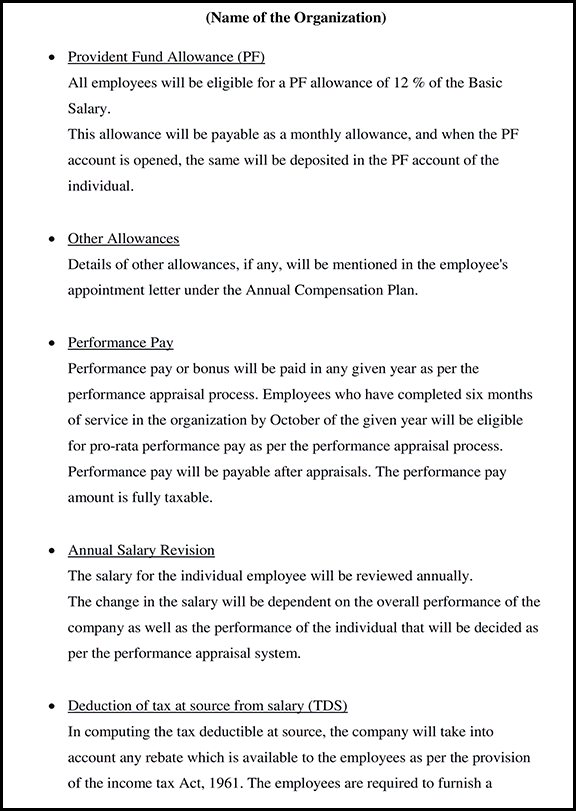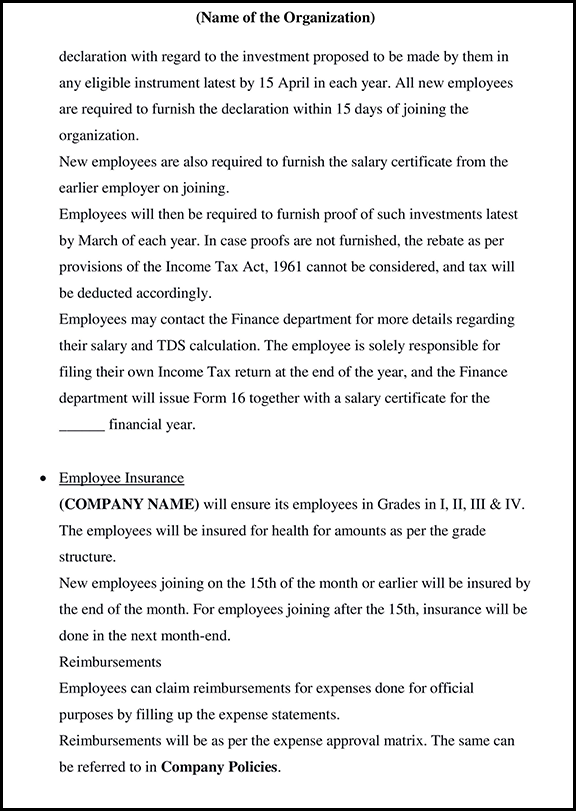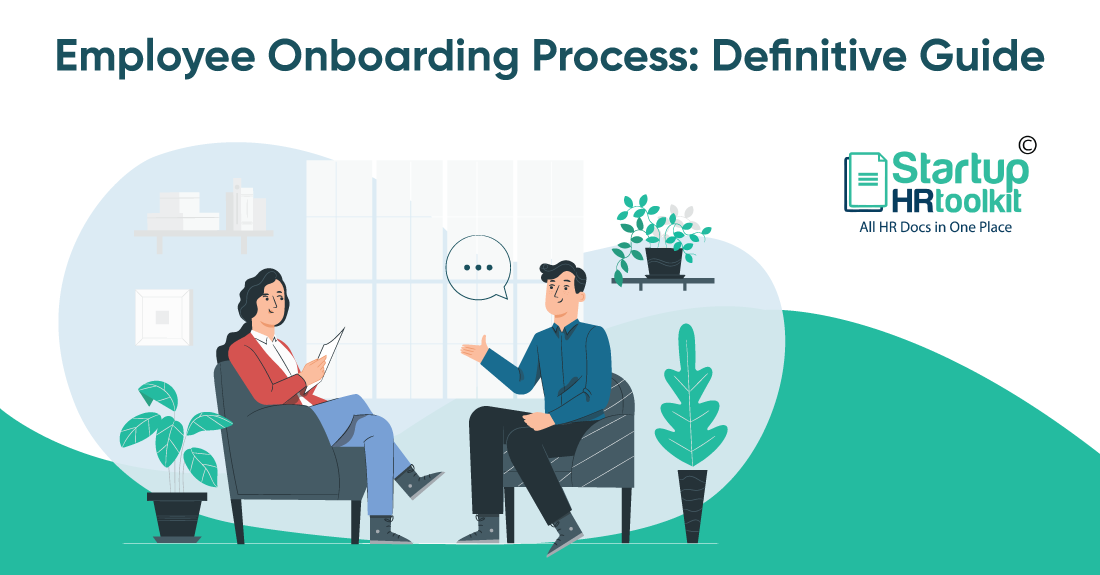
16 Steps To A Perfect Employee Onboarding Process In 2024
What is The Employee Onboarding?
Employee onboarding is the process of integrating new employees into your company. This mainly involves making your new employees familiar with their workspace, company policies, and the company culture. A good onboarding process aims to equip their employees with tools and techniques that will help them to become a productive member of the team. The employee also learns during onboarding is what expected of them, & how the company works.
Though on-board is largely concerned with new employees joining your organizations, it doesn’t stop there. People within your company might be constantly evolving and switching to new job roles. This process called ‘cross boarding’. The onboarding process comes into play in this case too. Your existing employees may have an idea about your company and work culture, but they still need significant guidance to adapt to their new job roles.
The employee onboarding process is an essential HR activity. Wondering what is the employee onboarding? It is the entire process of familiarizing new employees with your company. An effective onboarding process is the best way to welcome new employees and ensure employee retention in the long run.
For developing an effective onboarding system, you will need to think from your employee’s point-of-view. A good onboarding strategy will equip your employees with the right tools and guidance they will need, and ensure the highest level of productivity right from the start. In general, the onboarding process usually lasts for about 6-8 months to a year for new employees, until they are comfortably settled into their job roles.
Let’s take a deeper look into what encompasses a new employee onboarding process flow, and how you can get it right.
New Employee Onboarding Process Flow
Step 1. Releasing The Offer
Employee onboarding starts right when your employees are first recruited. Once an employee is selected via the interviews, your company presents them with an offer letter, policy documents, onboarding forms, and any other paperwork that needs to be cleared immediately. Keeping your approach clear and transparent will help your employees to gain trust and become comfortable with their new work environment.
During Releasing The Offer Checklist:
1. Write a clear job description
2. Phone calls: It helps you to better communicate with the candidate.
3. Give full information about the job profile.
4. Salary negotiations/Offers
5. Follow-ups
Step 2. Offer Acceptance
After being presented with the offer letters, the next step involves your employees accepting the offers. At this stage, your company might schedule a phone call or a meeting to review the set policies, procedures, benefits, etc that were previously agreed upon. Active response and engagement from your company will improve employee retention and forge strong relationships with them. This is an important step in the employee onboarding process.
1 Week Before Your New Employee Checklist:
1. Prepare paperwork including the below forms & Policies.
2. Employee Agreement/Contract.
3. Employee handbook. (For example Code of Conduct, attendance & leave policy, Confidentiality Policy, Health & Safty Policy, etc,)
4. Non-Disclosure Agreement.
Step 3. Waiting for Period
Oftentimes, there is a gap or a waiting period between when an employee accepts the offer and when they join. Even when an employee accepts an offer it doesn’t promise that they’ll turn up on the date of joining. During the waiting period, it is important to build a relationship with the employee. The employee should feel excited to join the organization. Therefore, you should plan the waiting period while creating the onboarding Process.
Step 4. The Day of Joining
The first day of any employee is a very important one for them. Usually, people feel excited, happy, and nervous. Therefore, as an HR manager, your duty is to make them feel comfortable and welcomed in the new office. This will build a sense of belonging among the new hires.
After Joined Checklist:
1. New employee welcome email
2. Introduction with team
3. Schedule time for hire paperwork
4. Formal onboarding meeting with HR
5. Make a lunch plan
For New Hire Employee Checklist:
1. Setup Accounts
2. Company Email
3. Business Card (Visiting Card)
4. HRM Software/ Biometrics
5. Parking Facility
6. Laptop/ Desktop
7. Office Phone
8. Sim Card
Here are more few things you can do before the joining day to make it simple and welcoming for the employees:
1. Build an orientation schedule
2. Set up their salary account
3. Provide the necessary office supplies
4. Ensure each new hire has a mentor to help them settle down
5. Assign the IT assets to the employee
Step 5. Coordinating With Other Departments
When a new employee or a key stakeholder is starting their job with the company it is essential to inform the department the person will be working in and the departments that they will be co-ordinating with.
The list can range from the IT team, the HR, the subordinates, and the managers. They can even help decorate the employee’s cubicle and schedule orientation meetings for the new member of their team.
Step 6. Training & Orientation
When a new employee is onboarded it is important to give them an insight into the company culture and their role as an employee. This is the right them to introduce them to the company’s goals and give them relevant information about the teams of the company. You can even set goals for the employees for the next 30, 60, or 90 days.
Orientation or training can bring the employees up to speed and help them get started quickly. It also gives them access and an understanding of how the company works. Using PowerPoint presentation slides as a part of the training process can be particularly beneficial. These slides serve as visual aids that not only facilitate effective communication but also ensure that important information, such as company policies, procedures, and key insights, is conveyed clearly and comprehensively.
Best Practices for Developing an Onboarding Process
1. Prepare Colleagues For The New Employee
Welcome your new employee with n announcement, email, or by an in-person welcome. The announcement should explain the employee’s role, their work experience, and what they will be doing in the company. Furthermore, it is important to remind other employees to welcome them and help to help them adjust to the new place.
2. Make Introductions
On the employee’s first day, scheduled a meeting with a senior person for the employee’s onboarding process. This will help them have an overview of everyone in the office and how the company works. This will also help them understand their role in the company and who they can approach for certain things. For the key people, an introduction will help them keep track of the person and get comfortable with the change.
3. Orientation
Make sure you give your employee enough training and orientation to get used to their roles. The first week or so should be focused on training the employee. If the employee already has experience with the job function they are likely to take time to unlearn that company’s processes and get used to the new ones. Orientation is a vital part of it. Furthermore, it gives the employee a chance to get introduced to the company and its culture. Furthermore, it helps employees get a chance to introduce themselves to the company.
You can even assign a mentor to the employee which will make it easier for them to get used to the company. It will also help them get their questions answered easily and quickly.
4. Plan a Team Lunch
Another important best practice for the employee onboarding process is to plan a team lunch. This can be during the office or outside the office. This will help them break the ice and will allow the new employee to get to know the new colleagues in a relaxed environment. It can even happen in the office cafeteria where the employees can gather and take the time to understand each other. If an employee feels valued and welcomed by the team they are more likely to be more loyal to the company.
5. Engagement
Make sure you keep engaging with the new employee even after their first week of employment. They are likely to have several questions are run into problems, this can help them save valuable time. Furthermore, it is good to stay in touch with the employee and keep checking up with them to truly build a connection and make sure that the employee is comfortable in the job.
6. Follow-Up
An important part of the onboarding process is to follow up for feedback after regular intervals. Make sure you have a system in place to check up after 30, 60, and 90 days. Even if the employee is well, it is good to communicate and understand their problems and situation. This will help you learn how to make your onboarding process better and more efficient. You can even ask them what they liked and didn’t like about the process and change things accordingly.
A good onboarding process shows the time and effort that was put into the process. Therefore, it’s important to take the time to do the work. This will set the tone for the future business and the employee’s relationship with the people.
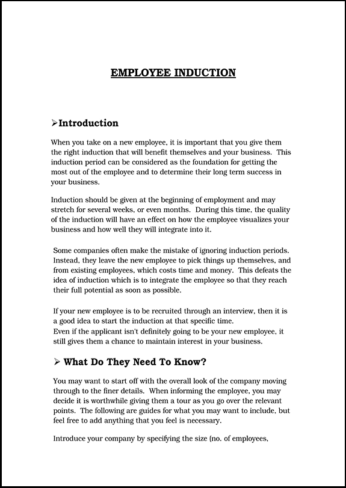

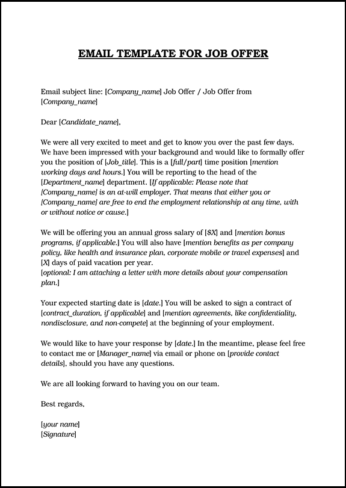
Importance of Employee Onboarding Process
An onboarding process often encompasses a new employee’s first few days and weeks at work. It is during this time, that your employees have a chance to connect to your work culture, get to know their peers and managers and get the first impression of your organization. Though it may not seem like it, an effective onboarding process may tip the scales largely in your company’s favor.
In companies without a proper onboarding process, employees experience uncertainty, confusion and they find it difficult to fit into their job roles.
Here are a few employee onboarding challenges:
1. Increasing Employee Retention
Hiring employees is a tedious and expensive process. When you hire new employees, you will want to retain the top talent. Statistics have shown that employees who undergo a structured onboarding process, 58% more likely to stay with the company for longer than 3 years. Studies have also shown that an onboarding process retains up to 90% of employees in the first 6 months.
Retaining talented employees will help your company to save both time and money. Onboarding will also help you and your company managers to build long-term relationships with new hires.
2. Enhancing Your Branding
A good onboarding process will improve your company’s branding, both directly and indirectly. This is why an employee onboarding process matters. When your employees like their new workplace and fit well into their new jobs, they would want to share their experience. You can play an active role in this by encouraging your employees to share their experiences during their initial days at work.
3. Increasing Employee Satisfaction
When your employees understand their jobs and skills better, they are more likely to make meaningful contributions to the company. With the right mentoring and guidance, they will be better equipped to handle challenges. Employee satisfaction will also reflect in positive word-of-mouth when your employees are proud of the company they work at, which in turn promotes your brand. This is why you should have a proper employee onboarding process in place.
4. Enhancing Employee Productivity
Onboarding will help your employees to feel valued and motivated. Employees who feel empowered by the onboarding process would want to contribute to its success. If your employees understand your company values and core beliefs right from the start, they will be able to share similar goals. As a result, their quality of work will improve. This is also an excellent opportunity for HR managers to learn more about their employees and their skill sets.
Conclusion
A good employee onboarding process gives employees clarity and motivates them to explore the organization without hesitation. Once the onboarding process is complete. After that, It will help employees to feel a part of the company.
Is your HR department too stretched to truly build an efficient employee onboarding system, check out the StartupHR toolkit! It is the largest collection of HR documents. It includes HR letters, documents, calculators, and much more. Click here to check it out now!
Join a Community of 1,00,000+ HR Professionals







